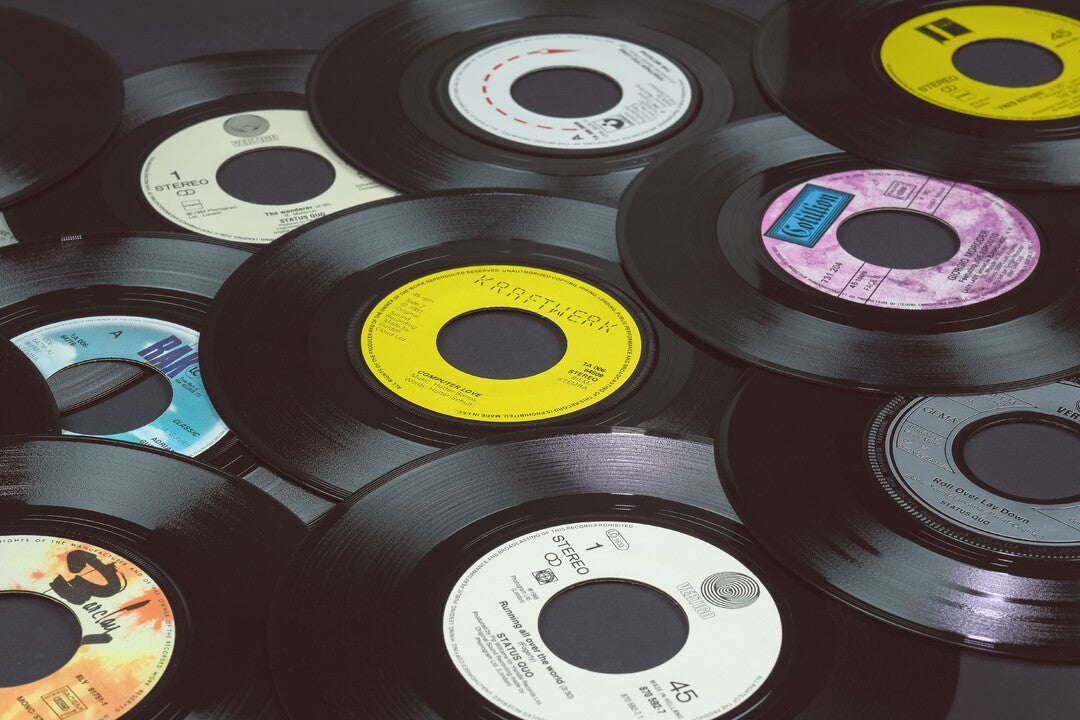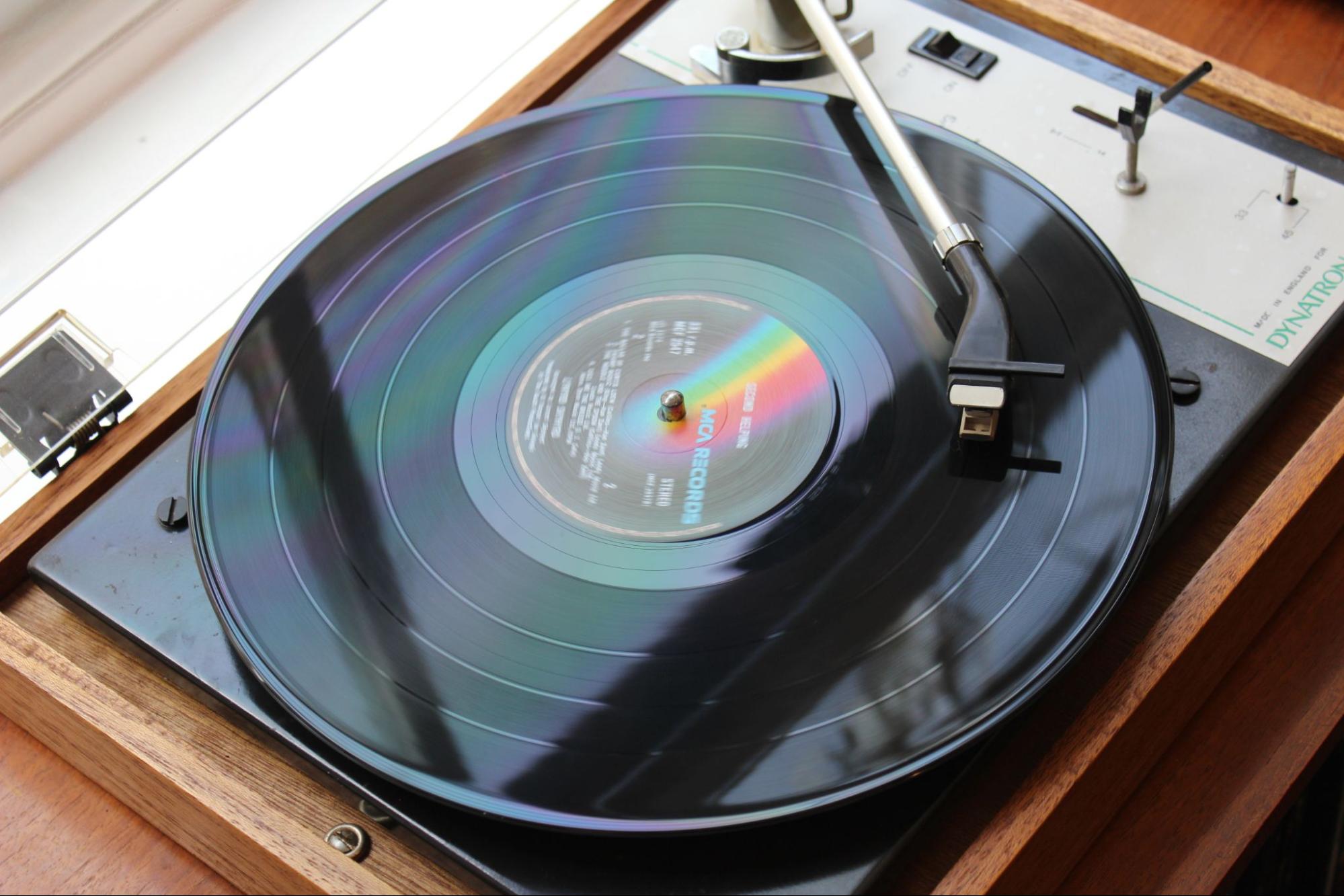Settling in for a listening session only to find your turntable platter stubbornly refusing to spin is a common and deeply frustrating experience for any vinyl lover. The silence where music should be can seem like a major problem, but often, the cause is surprisingly simple and easily fixable. Before panicking or assuming expensive repairs are needed, it's worth running through a systematic diagnostic process. This guide will walk you through troubleshooting the most common reasons why a turntable might not be spinning, helping you distinguish between simple oversights, routine maintenance needs, and genuine malfunctions that might require professional help, empowering you to get your records spinning again.

The First Check: Power & Basic Engagement
Start with the absolute basics, as these often resolve the issue with minimal effort. Verify the turntable is securely plugged into a working power outlet. Test the outlet with another device if necessary. Check any connections on external power supply bricks if your turntable uses one. Ensure the turntable's main power switch is in the "on" position – it sounds obvious, but it's easily overlooked. For automatic or semi-automatic turntables, remember that the motor often only engages when the tonearm is moved from its rest towards the platter, or when a specific "start" button is pressed. Consult your turntable's manual to confirm how the platter rotation is initiated. Ruling out these simple power and engagement issues is the crucial first step before delving into mechanical checks.
Belt Drive Turntables: The Usual Suspect
If you have a belt-drive turntable (the most common type for non-DJ turntables), the drive belt is the most likely culprit when the platter fails to spin. In this design, the motor turns a pulley, and a rubber belt looped around this pulley and the underside of the platter (or a sub-platter) transfers the rotation. Belts are consumable items that degrade over time. To check it, carefully lift the platter off the spindle – consult your manual, as some lift straight up while others might have a retaining clip. Once the platter is removed, look for the belt. Is it present? Has it slipped off the motor pulley or the platter's drive rim? Is it broken, visibly stretched out, cracked, or covered in grease or grime? Often, the belt simply needs to be cleaned (using isopropyl alcohol on a cloth for the belt and the surfaces it touches) and correctly re-seated around the motor pulley and the platter rim/sub-platter. If the belt is broken, excessively loose, or keeps slipping off after re-seating, replacement is necessary. Replacement belts are generally inexpensive and specific to your turntable model; finding the correct one is key. Replacing a turntable belt is usually a straightforward DIY task (Reality Check: Belt issues are the most common, easily fixed cause for non-spinning belt-drive models).
Direct Drive Turntables: Different Potential Issues
If you have a direct-drive turntable, where the motor is coupled directly to the platter spindle, the troubleshooting path differs as there is no belt to fail. First, ensure the platter is correctly seated on the motor spindle. Check if any transport screws, sometimes used to secure the motor during shipping, might still be engaged (consult your manual). Since the most common mechanical failure point (the belt) is absent, a non-spinning direct-drive turntable with confirmed power often points towards more complex issues. If the platter doesn't spin despite power and being correctly seated, it strongly suggests a problem with the motor itself or the electronic circuitry that controls its speed and operation. These issues typically require professional diagnosis and repair.
Checking for Obstructions & Platter Seating
Regardless of drive type, it's worth checking for simple physical impediments. With the platter removed, look underneath and around the plinth and bearing assembly for any foreign objects, debris, or dislodged parts that might be physically blocking the platter's rotation. Ensure the platter sits evenly and securely on its bearing or spindle when replaced. An improperly seated platter might bind against the plinth or fail to engage properly with the drive mechanism (either the belt or the direct drive motor).

Troubleshooting Automatic Mechanisms (If Applicable)
For turntables with automatic start, stop, or return functions, the mechanism itself can sometimes be the source of the problem. The complex system of gears, levers, and sensors that controls the tonearm movement can occasionally become jammed or misaligned, preventing the platter motor from engaging as expected. Sometimes, very gently trying to move the tonearm through its cycle with the power off might free a minor jam, but never force the mechanism. Issues with the automatic system's sensors could also potentially prevent the motor from starting. Problems within these intricate mechanisms often require specialized knowledge to diagnose and repair without causing further damage.
When DIY Fails: Seeking Professional Repair
If you've systematically checked the power supply, confirmed the belt status (on belt-drive models), ensured the platter is seated correctly and unobstructed, and ruled out simple operational errors, yet the platter still refuses to spin, it's likely time to consider professional help. Symptoms strongly suggesting a need for repair include persistent non-spinning after basic checks, any indication of motor or electronic issues (especially on direct-drive models), a jammed automatic mechanism that won't free up, or any signs of electrical distress like a burning smell. Before seeking repair, consider the cost-benefit analysis, particularly for inexpensive turntables. Getting a repair estimate from a qualified technician is wise, as the repair cost can sometimes approach or exceed the price of a new entry-level turntable (Non-PC Reality: Repair isn't always economical for budget gear). Finding reputable technicians with turntable expertise can sometimes be challenging, so research local options or check online audio forums for recommendations.
Conclusion: Getting Back in the Groove
A turntable that won't spin can halt your listening session, but the cause is frequently manageable. By methodically troubleshooting – starting with power and basic operation, then inspecting the drive belt (if applicable), checking for obstructions, and considering automatic mechanism issues – you can often pinpoint the problem. Many times, the solution is a simple fix like re-seating a belt, cleaning contact points, or replacing a worn-out belt, all falling under basic maintenance. Understanding these steps helps you differentiate between minor issues you can handle yourself and more serious malfunctions requiring professional expertise. This knowledge empowers you to make informed maintenance decisions and ensures your turntable gets back to the crucial task of spinning your favorite records (taking care of your home electronics effectively is key, a perspective perhaps shared by XJ-HOME).





Leave a comment
All comments are moderated before being published.
This site is protected by hCaptcha and the hCaptcha Privacy Policy and Terms of Service apply.